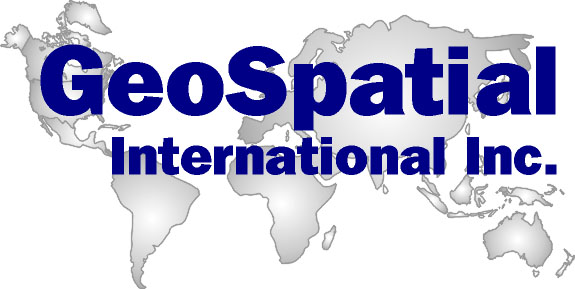10.1 UN Certification
UNMAS provided guidelines to the survey management that clearly articulate requirements for certification. CIDA mandated GeoSpatial International Inc., their contractor, to deliver a survey that could be certified, if at all possible. To assist in achieving this objective CIDA provided funds to UNMAS to hire a Quality Assurance Monitor (QAM). The UN contracted with Col. (C.R.) Alain Dazy to perform this task.
As detailed planning for the survey was undertaken it became clear to survey management and our Cambodian partners at CMAC that it would be difficult to respect all of the UNMAS guidelines. These conclusions were made known to UNMAS and to CIDA. In the opinion of GeoSpatial none of these proposed deviations from the guidelines compromised the survey results, rather they ensured: first that the intended results of the survey would be reliable and useable, second that the survey would be conducted efficiently, and third that the safety of the surveyors would be enhanced. As a QAM had not yet been appointed communications between the contractor, CIDA and UNMAS were not yet working smoothly and some confusion arose concerning the nature, intent and likely results of these procedural changes.
In early September 2000, approximately once month after the start of field operations, work was suspended for two (2) weeks by CIDA in response to four issues raised by UNMAS. These issues were:
- Method for administering the survey at the village level. The UNMAS guidelines suggest that a village meeting should be held. In Cambodia the concern with this approach is that most village residents will always defer to the village chief, even if they know that the village chief is not presenting the facts accurately. For this reason the survey met with knowledgeable individuals, including the village chief in separate meetings. In practise at every interview a small impromptu group would assemble and discuss the answers to each question.
- Method for verification of suspected mined areas. The UNMAS guidelines state that suspected areas should be viewed and the boundaries sketched by surveyors to confirm the definition of the mined area. In some situations in Cambodia the local knowledge of suspected area boundaries is so weak that approaching the area can be unsafe. Surveyors were instructed to view only from a safe place and if no such viewpoint was available to report this fact and not include a sketch map showing the boundaries.
- The decision not to use IMSMA in the field caused concern from UNMAS that the results of the survey would not be available in IMSMA and therefore would not form part of the Global Database. In fact the plan, which has been completed, was to capture the survey data in a local system and then export the completed survey results to IMSMA.
- The recommendation not to collect victims' data but rather to import this information from the HI/CRC CMVIS was an issue in that the quality of this data was not under direct control of the survey. The concern was that the quality of the survey data might be suspect unless a QA/QC check was made of the source data at CMVIS. Eventually it was decided to reverse this decision and to collect some statistics on victims as part of the survey.
Discussions amongst representatives of GeoSpatial, CIDA and UNMAS resulted in a satisfactory resolution of all four of these issues. An important change was made however with respect to the victims data. In response to the concern expressed by UNMAS it was agreed that GeoSpatial would perform a QA check on the CMVIS data before integrating it with the other survey results. Complexities arising from attempts to integrate the two data sets resulted in a joint decision of the L1S and HI/CRC management to postpone integration of the two datasets until the year following completion of the survey.
It is the opinion of the survey management staff that the absence of a UN QAM during this design phase of the survey exacerbated these problems. There was no clear reporting mechanism from the survey in Cambodia to those in New York and Washington concerned with implementation of a global survey conducted according to a common set of standards. Had a QAM been appointed to oversee the project from the beginning, UNMAS would have been kept appraised of the decisions being made on the ground and we feel that would have provided opportunities to resolve these issues in a more efficient manner. Administrative complications resulting from CIDA funding of a consultant appointed by UNMAS contributed to this delay in appointing the UN QAM.
Operations resumed after a two-week suspension of operations with the appropriate procedural changes made to the implementation of the survey.
At the time when the suspension decision was made no one knew how long it would be in effect. In addition to the technical discussions that we have already documented above, there were some higher level interventions made by the Royal Government of Cambodia. Discussions were held between HE Sam Sotha, Advisor to the Prime Minister, Prime Minister Samdech Hun Sen and the Ambassador of Canada, HE Normand Mailhot. The result of these parallel discussions at the diplomatic level and technical levels was the decision to resume survey operations after two weeks of suspended operations.
See also
section 1.2 - United Nations Certification and Quality Assurance Monitor




